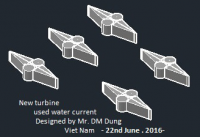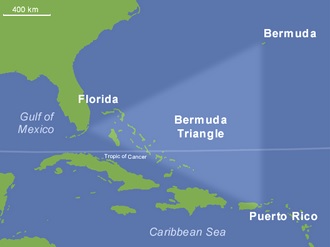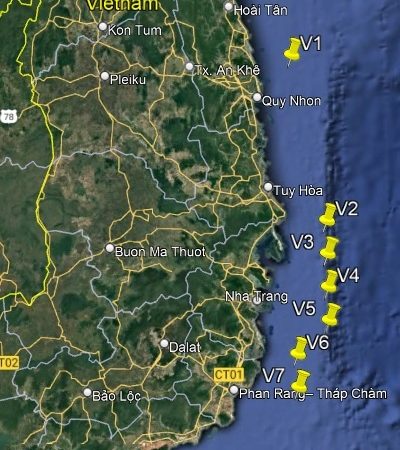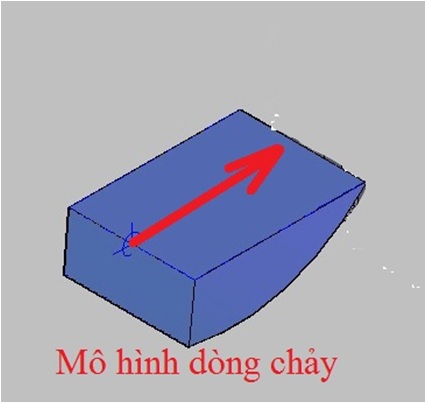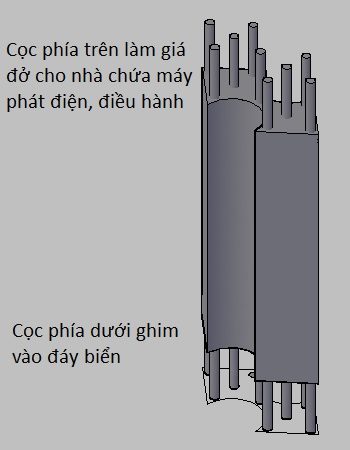Electric ocean currents – Experimental model in the nature and exploitation. Eng.Doan Manh Dung
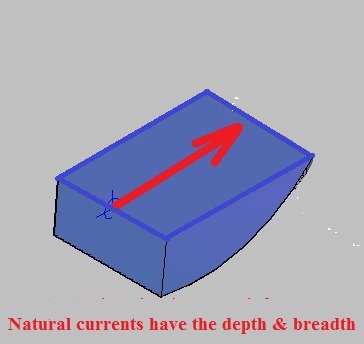
Figure 1: A natural current is a continuously moving block of water that has depth and width with the top current being the strongest.
Kinetic energy resources of ocean currents in the East Sea and new technology to exploit kinetic energy of ocean currents in Vietnam are issues that are still very unfamiliar to Vietnamese intellectuals in particular and the way of thinking of above experts world today.
This new thinking leads Vietnam to be self-reliant in electric energy and electricity export.
This new thinking also directs humanity to pay attention to exploiting the kinetic energy of natural flows and limit the construction of hydroelectric dams that use potential energy, causing negative impacts on the environment and increasing danger to human life human.
The earth is warming due to the greenhouse gas effect. Vietnam pledged to bring net waste to zero by 2050 at Cop26. Therefore, reducing the use of coal and oil is mandatory and must use new energy sources. Solar power, wind power… have high prices and in the process of creating solar cells or wind power machines, a lot of waste is also generated. The fuel of the future will be green hydrogen. The word “green” means: the process produces liquid hydrogen but emits little C02 gas. Liquid hydrogen is used for thermal power, internal combustion engines, industry…
During the process of researching seaports in the East Sea, Engineer. Doan Manh Dung discovered ocean currents in the East Sea – Central Vietnam region including a combination of 2 currents:
Surface currents are formed by Northeast winds for 8 months.
Bottom currents form due to the temperature difference between the Equator and the North Pole. Because the earth rotates from West to East, the bottom current moves both from North to South and from East to West due to the Coriolis inertial force. Because there are no obstacles and the topography of the West Coast of the Pacific Ocean, the bottom current moves strongest on earth when it comes to Central Vietnam
Two surface and bottom currents have resonated on the Central Coast of Vietnam with 6 characteristics: Near shore, shallow water, stable North-South current direction, very high speed, current width up to 24 km at the mouth of Gianh river, the length of the ocean current is up to 1,000 km from Hon La – Quang Binh to Ke Ga cape – Binh Thuan.
The US and Taiwan used satellites to identify 12 points with the strongest ocean currents on the West Coast of the Pacific Ocean, of which the 7 best points are concentrated in Central Vietnam. The remaining 3 points are in Japan, 1 point in Taiwan, and 1 point in the Philippines. In 7 locations in the Central region, the speed is more than 1m/s and about 40 km away from shore. According to theory and practice, ocean currents near shore are always faster than those farther from shore.

Figure 2.1: Twelve points with strong ocean currents on the West Coast of the Pacific Ocean
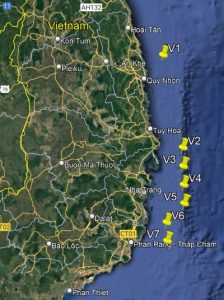
Figure 2.2: Map of 7 points with strong ocean currents in Central Vietnam
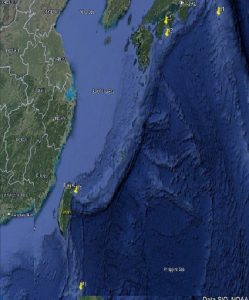
Figure 2.3: Map of 5 points with strong ocean currents in Japan, Taiwan and the Philippines
Current technology in the world
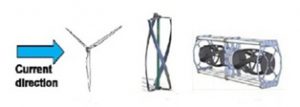
Figure 3: Current fan models in the world
The world today uses traditional propellers dropped into the water to get energy. The above method only takes the energy of the flow passing through the propellers . Propellers are heavy, so performance is poor. When using a horizontal shaft, the generator must be placed in water, so it needs to be watertight, so the price is high. The above factors have made traditional power generation solutions ineffective.
New technology of Vietnam
The new technology solution of Vietnam proposed by Engineers Doan Manh Dung and Doan Thanh Tung is as follows:
Using a drum with edges on the shell of drum to receive force. The drum inside has a hollow space so that the drum floats in the water in the direction of the drum axis.
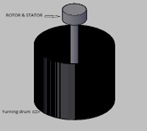
Figure 4: A rotating drum is a drum with edges on the shell of drum, with a hollow space inside, floating in the water and rotating around the axis of the drum.
The drum is placed in a frame as shown and can take all the kinetic energy in the depth.
The rotating drum is named “Doan blade” to honor the Doan family.
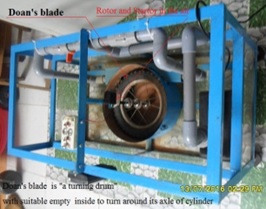
Figure 5: The first experimental machine
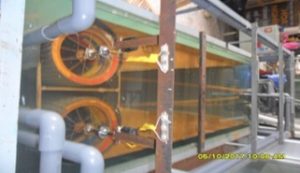
Figure 6: The second experimental machine
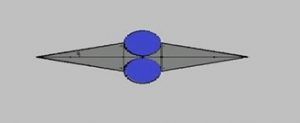
Figure 7: Frame for 2-way flow such as tidal currents.
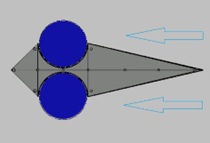
Figure 8: Frame for 1-way flow such as rivers, ocean currents.
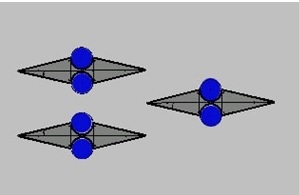
Figure 9: To take all the kinetic energy horizontally, the frames are arranged in 2 rows but line is unequal.
When the flow has v>o, the drum rotates, pulling the drum shaft. The drum shaft pulls the generator on the water surface.
A basic module consists of 2 drums. The drum is designed according to the standard with a diameter of 2 m and a height of 2 m so that it can be put into a moving container.
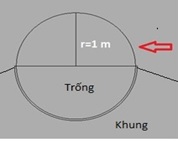
Figure 10: Diagram of calculating kinetic energy with the amount of water (m) acting on the drum in 1 second
The kinetic energy source of the flow is determined:
E= 0.5 m v v
In which, E is the energy source of the moving object.
m is the mass of the moving object.
v is the speed of the moving object.
Because the assumption is v= 1m/s, in 1 second, 2 m3 of water acts on the drum to create a rotational torque. According to the principle of energy conservation, the kinetic energy of the flow will be converted into rotational torque. With this principle, the machine can operate at all flow speeds.
To make the project feasible, the calculation ignored the flow impacting the flow wall, then changing direction and impacting the drum.
In 1 second, 1 drum receives energy source:
En = 0.5 mv2 = 0.5 x 2000 kg x (1 m/ s )2= 1000 kg x 9.8 N = 9800 N/s =9800 w.
Assuming 70% efficiency, capacity of 1 small module with 2 drums:
Pn/s = 7000 w x 2 = 14 Kw/s
Capacity of 1 small module in 1 hour:
Pn/h = 14 Kw/s x 3600 s = 50 400 Kw/h = 50.4 Mw/h
Integrating 7 pairs of drums with 5 drum floors to exploit a depth of 10 m, we have a large module made of reinforced concrete. The first row has 4 pairs of drums. The second row has 3 pairs of drums.
A large module with 7 x 5 = 35 small modules gives a capacity :
P= 0.49 MW/s.
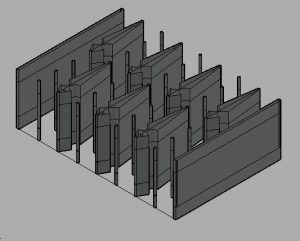
Figure 11: The energy receiving area is on the 2nd floor, it consists of 5 layers with a height of 10m in water, 4 pairs in row 1st and 3 pairs in row 2nd.
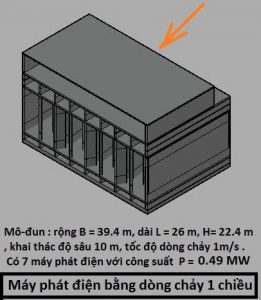
Figure 12-1 : The large module consists of 4 floors, made of reinforced concrete, 39.4 m wide, 26 m long, 22.4 m high, exploiting a depth of 10 m for a capacity of P = 0.49 MW/s.
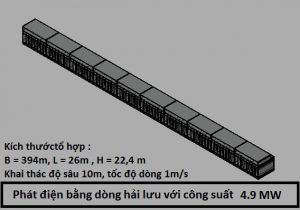
Figure 12-2 : Connecting 10 large modules
Output capacity in 1 hour:
E = 0.49 MW x 3600 s = 1 764 MW/h = 1 764 000 kW/h
The bottom floor is 1.5 m high to allow sediment to move through.
The second layer is the layer that receives energy and allows aquatic life and trash to move through.
The 3rd floor is the tidal floor depending on where the machine is located.
The 4th floor is the floor for machinery, operations, and materials.
A plant connecting 52 concrete modules 2,048 m long, 26 m wide, 22.4 m high with a output capacity of 91,728 MW/h
The Tam Hiep hydropower Plant – China has a capacity of 22,500 MW.
Thus, the plant with 52 modules is 4.08 times larger than the Tam Hiep hydropower plant
91,728 MW: 22,500 MW = 4.08
The output of the plant with 52 large modules in 1 year:
E = 1764,000 kwh x 24 x 365 x 52 = 803,537,280,000 kwh equivalent to 803.5 billion kWh.
Vietnam’s electricity output generated and purchased in 2023: 280.6 billion kWh
The coastline from Hon La – Quang Binh to Ke Ga cape – Binh Thuan is 1,000 km long, if the 2 plants are 10 km apart, we can build 100 plants as above.
When the power grid system is still difficult, use electricity for electrolysis to produce bottled liquid hydrogen and oxygen.
According to current technology in the world, using 55 kwh of electrolysis produces 1 kg of liquid hydrogen and about 0.5 kg of liquid oxygen. The price of liquid hydrogen in Japan is 10 USD/1 kg. In Vietnam, the price of liquid oxygen is 1 USD/1 kg.
Production, exploitation, demolition
Rotary drums are manufactured at the factory and loaded into containers for transportation to the assembly place.
Large modular concrete blocks are built in floating or dry docks. After building , they are floated on the water surface. Large modules are towed to the exploitation place for sinking. Large modules are attached to the seabed with reinforced concrete piles. The rotating drum is lowered into the sea to gain energy and pulled up for maintenance. The concrete block has a system of pipes to periodically spray pressure to clean the barnacles. At the end of the exploitation period, the piles are removed, water is pumped out, the concrete blocks float up and are towed to the demolition place.
The Central region of Vietnam has the raw materials to produce concrete box such as caison.
The rotary drum is manufactured at the factory with materials that are resistant to corrosion from seawater and barnacles.
Pilot model and small-scale exploitation
Experimental method in the nature using mobile modules on a pile system.
Each module has 7 piles to firmly attach the module to the seabed.
The piles are selected with a diameter of d = 300 mm made of reinforced concrete.
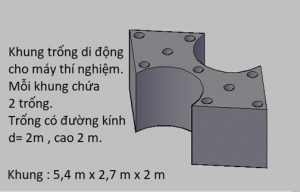
Figure 13: Mobile frame for the test machine in the nature.
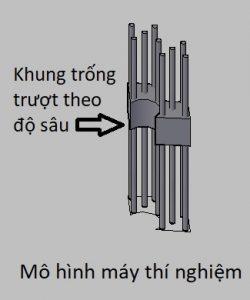
Figure 14: Mobile frame and piles with the test machine
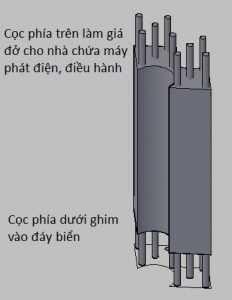
Figure 15: A module of a small-scale Ocean Current Power Plant.
The length of the piles depends on the requirements of the exploited water area.
The pile feet are pinned to the seabed.
The pile head is the support for the generator system, the material house and the operating room.
There may be additional piles in addition to the piles penetrating the module.
The mobile module is made of composite or stainless steel.
When exploiting on a small scale, a pile system can be used.
When exploiting on a large scale, it is recommended to use a reinforced concrete scuttle to facilitate industrial production and reduce the cost of piling at sea.
Conclusion
Kinetic energy resources of ocean currents on the Central Coast of Vietnam
are special resources that only exist in Vietnam because they converge many natural factors. Ocean currents in the central region carry energy from the universe such as sunlight and the rotation of the earth. If there were no sun or the earth rotated in reverse, the above energy source would no longer be in the central coast of Vietnam.
The method of obtaining kinetic energy of natural flows by “Rotating drums” is a way to receive the maximum kinetic energy of the moving water (m). Generators not only help generate electricity but also help prevent erosion of the coast, river banks, etc.
Generating electricity using the elevation difference between the lake and the generator will create hydroelectric dams that are dangerous to humans such as the Tam Hiep Dam in China.
With the above research results, Vietnam has all the factors to create cheap electricity for domestic supply and export.
With the “Rotating Drum” method, humans can exploit the kinetic energy of natural flows from the source, following many steps until the water flows into the sea.
The lakes are concentrated for agricultural purposes, human use and flood control./.
